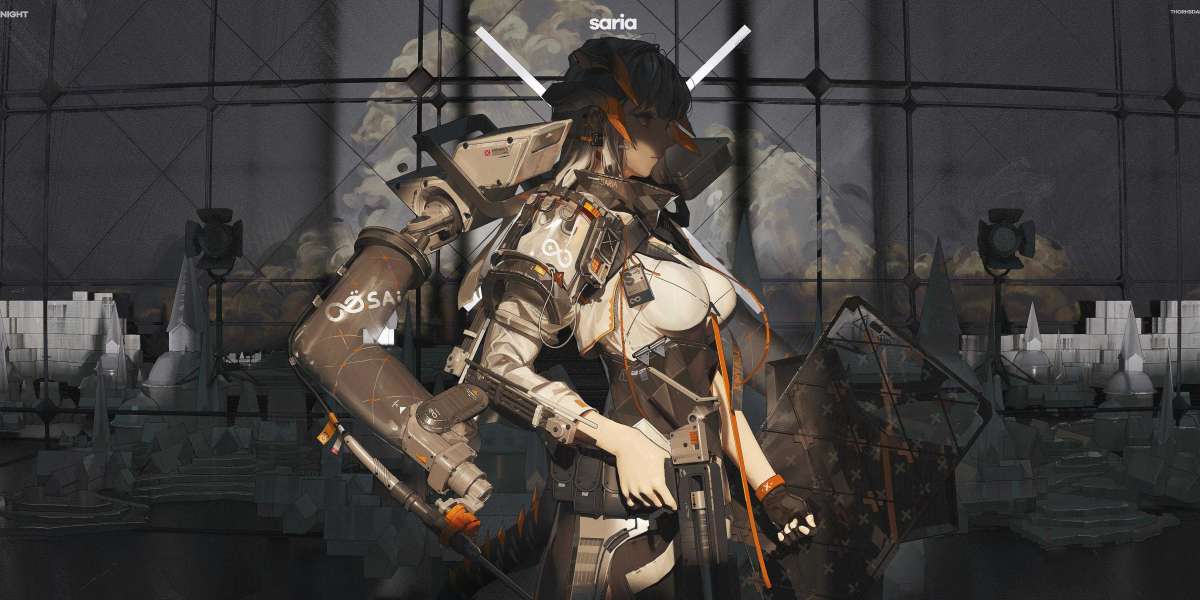As the world increasingly turns to renewable energy sources, microinverter technology for solar energy has emerged as a game-changer in the solar industry. This innovative technology is transforming how solar panels convert sunlight into usable electricity, offering numerous advantages over traditional inverter systems. In this article, we will delve into the intricacies of microinverter technology, its benefits, and its potential to shape the future of solar energy.

Understanding Microinverter Technology for Solar Energy
Microinverters are small devices that attach to individual solar panels, converting direct current (DC) generated by the panels into alternating current (AC) for use in homes and businesses. Unlike traditional string inverters, which connect multiple panels together, microinverters operate independently. This independence allows each panel to perform optimally, even if some panels are shaded or dirty.
Key Benefits of Microinverter Technology
- Enhanced Energy Production: By optimizing the output of each panel, microinverters can significantly increase overall energy production, especially in partially shaded conditions.
- Improved Monitoring: Microinverters allow for real-time monitoring of each panel's performance, enabling quick identification of issues and maintenance needs.
- Increased System Reliability: With microinverters, the failure of one unit does not affect the performance of the entire system, enhancing overall reliability.
- Flexible Design: Microinverters provide greater flexibility in system design, allowing for various panel orientations and configurations.
How Microinverter Technology Works
The operation of microinverter technology for solar energy is relatively straightforward. Each microinverter is connected to a single solar panel. When sunlight hits the panel, it generates DC electricity, which the microinverter converts into AC electricity. This AC electricity can then be used immediately or fed back into the grid. The ability to monitor each panel's performance individually means that homeowners can maximize their energy production and efficiency.
Future Potential of Microinverter Technology
As the demand for solar energy continues to rise, the role of microinverter technology is expected to expand. Innovations in this field may lead to even more efficient designs and enhanced functionalities. For instance, integrating microinverters with smart home technology could allow for better energy management and consumption tracking.
Moreover, as battery storage solutions become more prevalent, microinverters will play a crucial role in managing energy flow between solar panels, batteries, and the grid. This synergy could lead to a more resilient and sustainable energy ecosystem.
Conclusion: Embracing Microinverter Technology for Solar Energy
In conclusion, microinverter technology for solar energy represents a significant advancement in solar power systems. Its ability to enhance energy production, improve monitoring, and increase reliability makes it a compelling choice for homeowners and businesses alike. As we look to the future, embracing this technology could be key to unlocking the full potential of solar energy.
For more information on microinverter technology and to explore available products, visit  .
.






